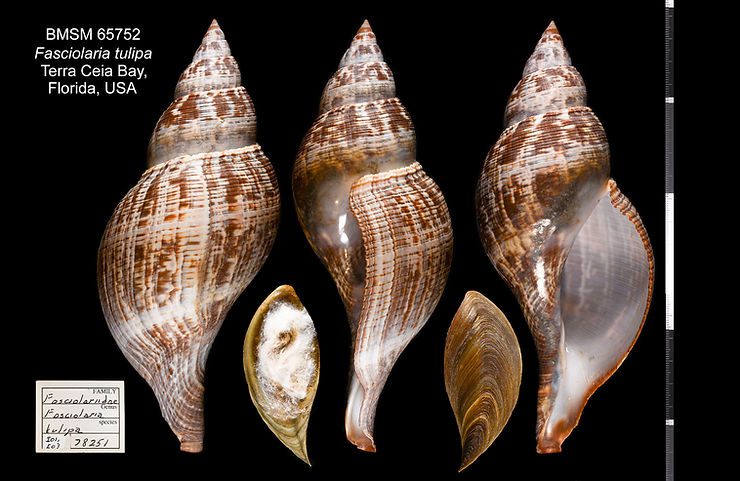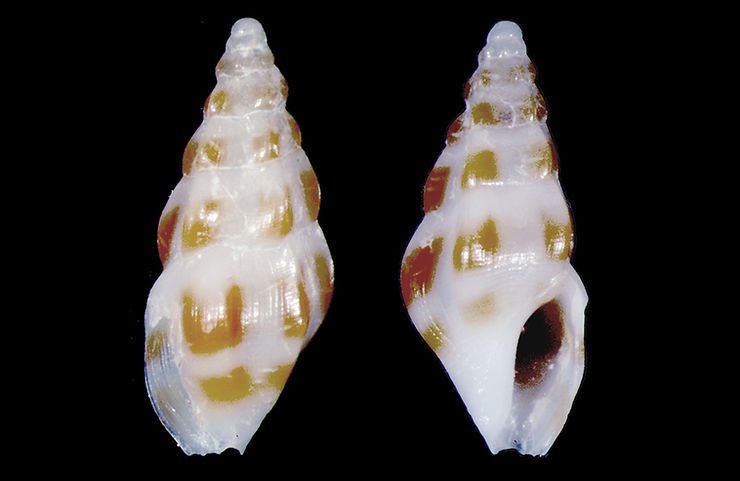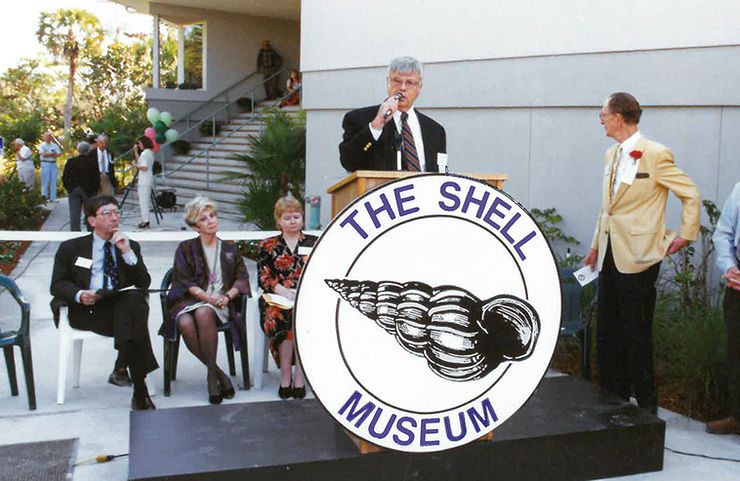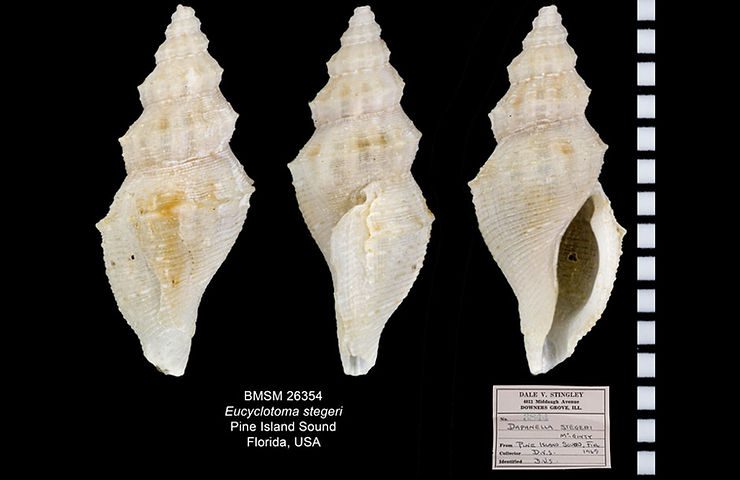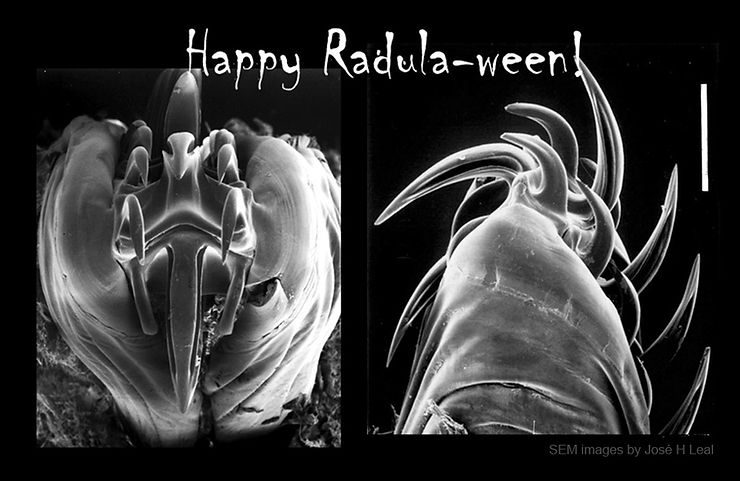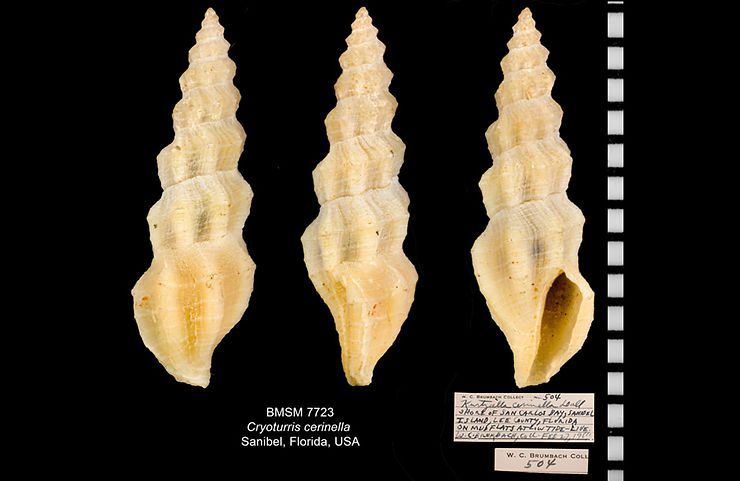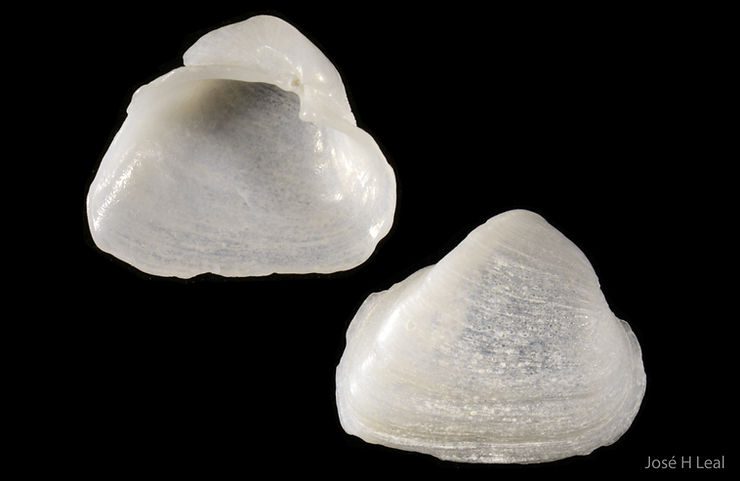
Shell of the Week: The Square Sportella
Basterotia quadrata (Hinds, 1843) grows to be around 14 mm (about 0.55 inches), and has a “squarish” shell with irregular and variable outline. The shell has a slightly granular (“pebbly”) sculpture, and its hinge is garnished internally with one cardinal tooth on each valve. A ridge is present near the posterior margin. The presence of the species on Sanibel is represented in the Shell Museum collection by loose valves found in 2015–2016 by Susan J. Hewitt on Turner Beach. #squaresportella #bas
